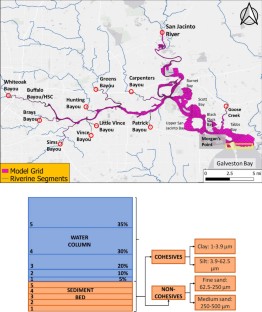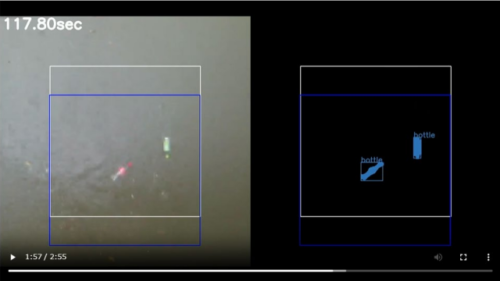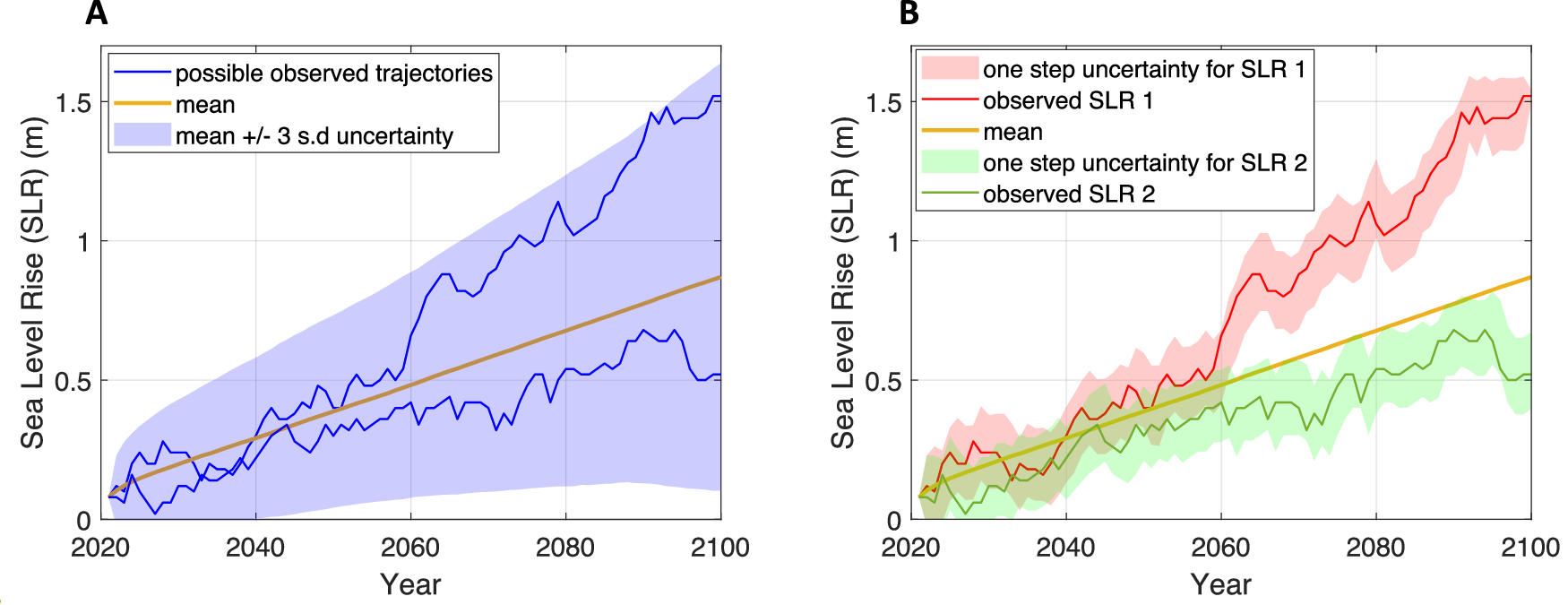2025-04-14 ヒューストン大学
<関連情報>
- https://uh.edu/news-events/stories/2025/april/04142025-rifai-galveston-pollution-model.php
- https://link.springer.com/article/10.1007/s11356-025-36258-x
都市河口における水塊の動態のモデリングと汚染物質輸送およびシステム挙動への影響 Modeling water column dynamics in an urban estuary and their impacts on pollutant transport and system behavior
Adithya Govindarajan,Hanadi S. Rifai & Martin Nguyen
Environmental Science and Pollution Research Published:17 March 2025
DOI:https://doi.org/10.1007/s11356-025-36258-x

Abstract
Estuarine systems are characterized by mixing of freshwater with saline inputs, and varying flow magnitudes, flow velocities, and sediment dynamics; such complexities make it difficult to understand pollutant fate and transport within them. Models have been developed to simulate many estuaries in the US and elsewhere; however, gaps remain in abilities to rigorously simulate the interrelations between hydrodynamics, sediment, and pollutant fate and transport. In this study, the Environmental Fluid Dynamics Code (EFDC) is used to explore the impact of various variables and their setup within estuarine models on appropriately simulating system hydrodynamics and sediment and pollutant fate and transport. Results from simulating the Houston Ship Channel-San Jacinto River (HSC-SJR) within the Galveston Bay (GB) estuarine system with EFDC support the need for inclusion of forcing events such as rainfall and storms; use of multi-sediment and water layers to simulate the vertical component of the estuarine system; and detailed sensitivity analyses to calibrate and validate model inputs associated with sediment variables, salinities, and other transport and fate mechanisms. Particle tracking is also key to examine the fate and transport from multiple pollution sources as a function of hydrodynamics and forcing functions of rainfall and tidal influences. The developed illustrative simulations of the HSC-SJR revealed important findings that include the locations of interest in the system with unique hydrodynamics and possible effects on system variables during storm conditions; predicting pollutant fate and transport with the developed rigorous model was demonstrated using particle tracking and simulating particle transport from multiple sources within the estuary.



